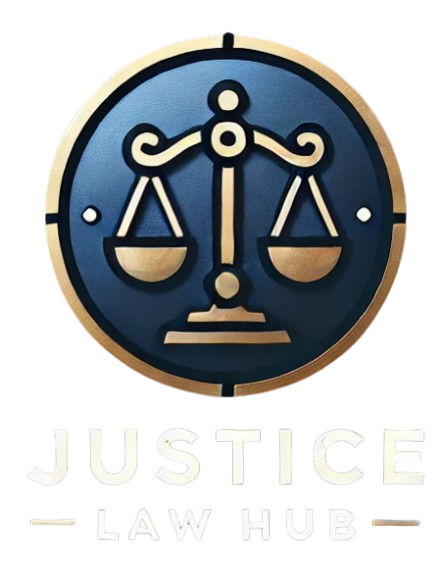Even though Chapter 7 bankruptcy can erase your personal liability for secured debts, the associated lien often remains intact.
By Cara O’Neill, Attorney
University of the Pacific McGeorge School of Law
Updated 10/11/2022
Why Trust Us?
Fact-Checked
Bankruptcy effectively eliminates many types of debt. However, if a creditor has a lien—granting them rights over specific property if the borrower defaults—the situation becomes more complicated.
Typically, liens survive Chapter 7 bankruptcy. If this occurs, creditors can seize the property after the bankruptcy case ends if payments are not made as agreed.
Considering Personal Bankruptcy? Start Here:
- Understand how bankruptcy can help you.
- Learn common pre-bankruptcy pitfalls to avoid.
- Compare Chapters 7 and 13.
- Find answers to common bankruptcy queries.
Need personalized guidance? Try our 10-question bankruptcy quiz for insights into whether consulting a bankruptcy attorney is advisable.
Understanding Liens
Lenders mitigate risk, especially for substantial purchases like homes or cars, by requiring borrowers to agree that unpaid debts allow them to seize the property. This agreement creates a legal claim called a lien.
A creditor who repossesses collateral usually sells it to recoup the unpaid balance. If the sale proceeds fall short of the owed amount, the remaining debt is known as a “deficiency balance.”
Some states prohibit deficiency balances in certain cases. Furthermore, Chapter 7 bankruptcy can discharge deficiency balances—more on that below.
Liens and Secured Debt in Chapter 7 Bankruptcy
Bankruptcy paperwork requires you to distinguish between secured and unsecured debts. Here’s a breakdown:
- Secured debt is tied to property via a lien. The creditor can seize the property if payments are missed.
- Unsecured debt has no collateral backing it, such as credit card balances.
Key Terms:
- Collateral: Property backing a debt. The creditor’s lien remains until the debt is paid, enabling repossession or foreclosure if payments cease.
- Secured vs. Unsecured: A lien-backed loan is secured; a non-collateralized loan is unsecured.
Types of Liens in Chapter 7 Bankruptcy
Liens can be categorized as voluntary or involuntary:
Voluntary Liens
Voluntary liens arise from borrower agreements, such as mortgages or auto loans. Borrowers typically understand the risks of foreclosure or repossession tied to these agreements.
However, liens also apply to financed items like furniture, electronics, or jewelry. Many borrowers overlook these lien agreements, which can often be found in purchase contracts.
Involuntary Statutory Liens
Certain creditors, like the IRS or homeowners’ associations, can impose liens without consent. These liens may apply to properties for unpaid taxes or fees.
Involuntary Judgment Liens
Creditors can convert unsecured debts into secured debts by obtaining a court judgment and recording a lien. This judicial lien gives creditors legal rights over the debtor’s property.
Judgment Liens and Unsecured Debt
Chapter 7 bankruptcy is often sought after creditors impose judicial liens on unsecured debts like credit card balances or medical bills. Here’s how it works:
- Obtaining a Money Judgment: Creditors sue for unpaid unsecured debts. If the debtor doesn’t respond, the court issues a default judgment. If the debtor contests but loses, the creditor still wins a judgment.
- Perfecting the Lien: After winning a judgment, creditors record it to create an enforceable lien. The lien must be resolved if the property is sold.
Judicial liens can attach to real estate or personal property, though exemptions often protect personal assets like household goods or vehicles.
Liens in Chapter 7 Bankruptcy
Here’s what happens to liens in Chapter 7:
- Bankruptcy discharges your responsibility to repay secured debts.
- However, liens remain unless specifically addressed. Creditors can repossess collateral if payments stop.
You can petition the court to avoid a judgment lien that interferes with property exemptions. For instance, if a lien prevents you from claiming $15,000 in exempt property equity, you can ask the court to reduce the lien.
Why Liens Persist After Bankruptcy
Filing for Chapter 7 bankruptcy eliminates your legal obligation to pay certain debts but doesn’t erase liens. Secured debts consist of two parts:
- Your Personal Obligation: Bankruptcy discharges your liability, preventing creditors from suing you for repayment.
- The Creditor’s Lien Rights: The lien allows creditors to reclaim property if debts aren’t paid. Liens remain attached to collateral even after bankruptcy.
Example:
Mary finances a couch and agrees to a lien. Chapter 7 wipes out her obligation to pay, but the store retains its lien and can repossess the couch if payments stop.
Perfecting Liens
A creditor’s lien must be “perfected” by recording it with the appropriate authority—often a county recorder or state office—to enforce their claim.
Why Choose Chapter 7?
Chapter 7 can eliminate your liability for secured debts and prevent tax implications tied to forgiven debt. For instance, foreclosure-related forgiven balances could result in significant tax bills, which bankruptcy can help avoid.
Seek Legal Guidance
For lien-related issues, Chapter 13 might be more suitable than Chapter 7, especially when you aim to retain property. Consulting a local bankruptcy attorney ensures you develop a strategy tailored to your needs.
Further Reading:
- How Long Does Chapter 7 Take?
- Protecting Your Property in Bankruptcy
- Differences Between Chapters 7 and 13
Helpful Resources:
Legal advice is best tailored to your unique circumstances. Consult a bankruptcy lawyer to protect your rights and assets.
